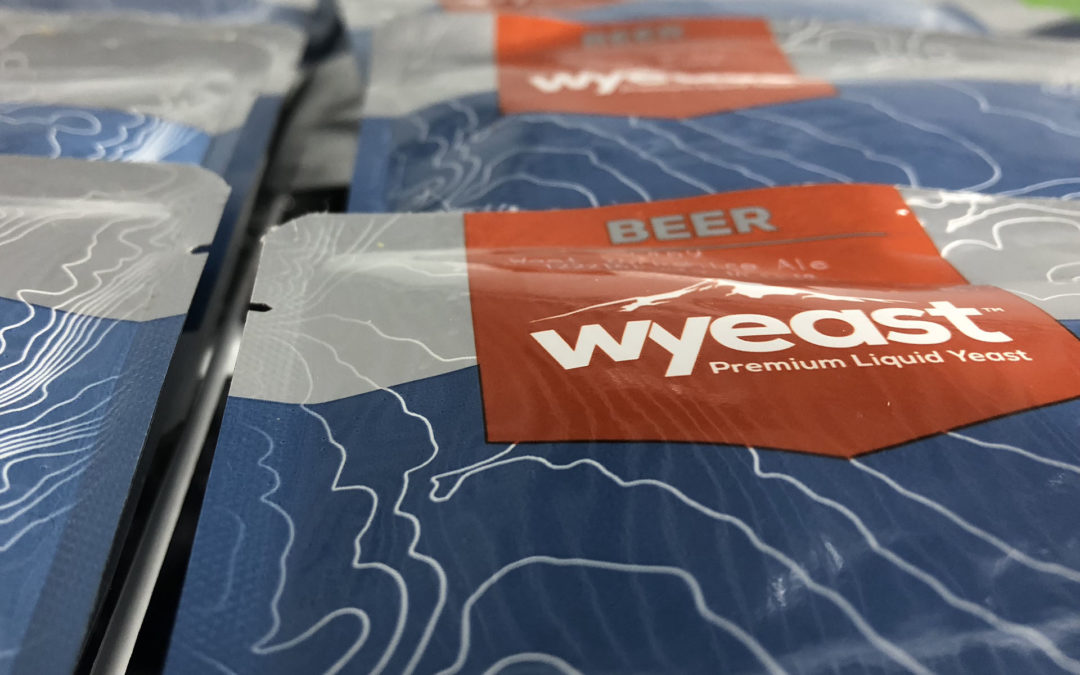MANY home brewers leap into beer – making with pints of enthusiasm, progressing from ‘kit and kilo’ (a can plus a bag of sugar) to ‘kits and bits’ (specialty grain and hops). They soon get a feel for the ingredients available but generally don’t develop an understanding of the yeast fermentation cycle for some time.
This is no surprise since yeast is a single-cell organism, too small to be seen by the naked eye (about 4.5μm, or less than 1/500mm). Yeast, unlike most other organisms, survives with or without oxygen. In the right conditions, it can multiply at an almost exponential rate, to a population of trillions! While working in an oxygen depleted environment it produces alcohol. Cheers! As alcohol content increases, the brew becomes less habitable so yeast needs alcohol tolerance. Some strains can cope with, and produce, higher levels of alcohol than others. Over the centuries, brewers have isolated strains that produce the desired alcohol, aroma, flavour and appearance for preferred beer styles. Most importantly you need to know the affect temperature has on yeast It still holds many secrets, but here is a general overview of the life-cycle:
YEAST HYDRATION PHASE
Only applies to dry yeast. When introduced to the wort, dry yeast can’t do anything until it hydrates, taking about 15 minutes. To avoid this delay, dry yeast may be left to hydrate in a half-cup of tepid water while preparing your wort.
LAG PHASE
Now we wait. Is the yeast doing anything? Yes, it’s adapting to its environment! Each live cell is consuming nutrients, mopping up available oxygen and growing (aerobic activity). This can take two or more hours, depending on the health of the yeast and the pitching rate. A small amount of CO2 is produce during this phase.
LOG PHASE
Now performing an-aerobically, the yeast consumes fermentable sugars, doubling in population every 20 minutes to approach 70 million cells per millilitre. Toward the end of this phase we see the first real signs of activity; large amounts of CO2 and foam forming on the top of the brew (Krausen). The amount of foaming depends on the yeast strain, temperature and colour of the brew. This is also the time when the yeast produces most of the aromas and flavours.
STATIC YEAST PHASE
A stable population of cells continue to consume fermentable sugars, producing CO2 and alcohol. Foam now collapses into the brew.
YEAST SEDIMENTATION PHASE
Sedimentation occurs from the outset as solids fall out of suspension. Sediment continues to form during aerobic and anaerobic phases. Once fermentable sugar levels are almost completely depleted (attenuated), the yeast prepares for dormancy. Most will flocculate (clump together) and fall out of suspension, clearing the brew. By this stage, the count drops to about 50 million/ml at the bottom of the brew to 35 million / ml at the top and gravity has been stable for about 3 days – Time to bottle/keg off.

